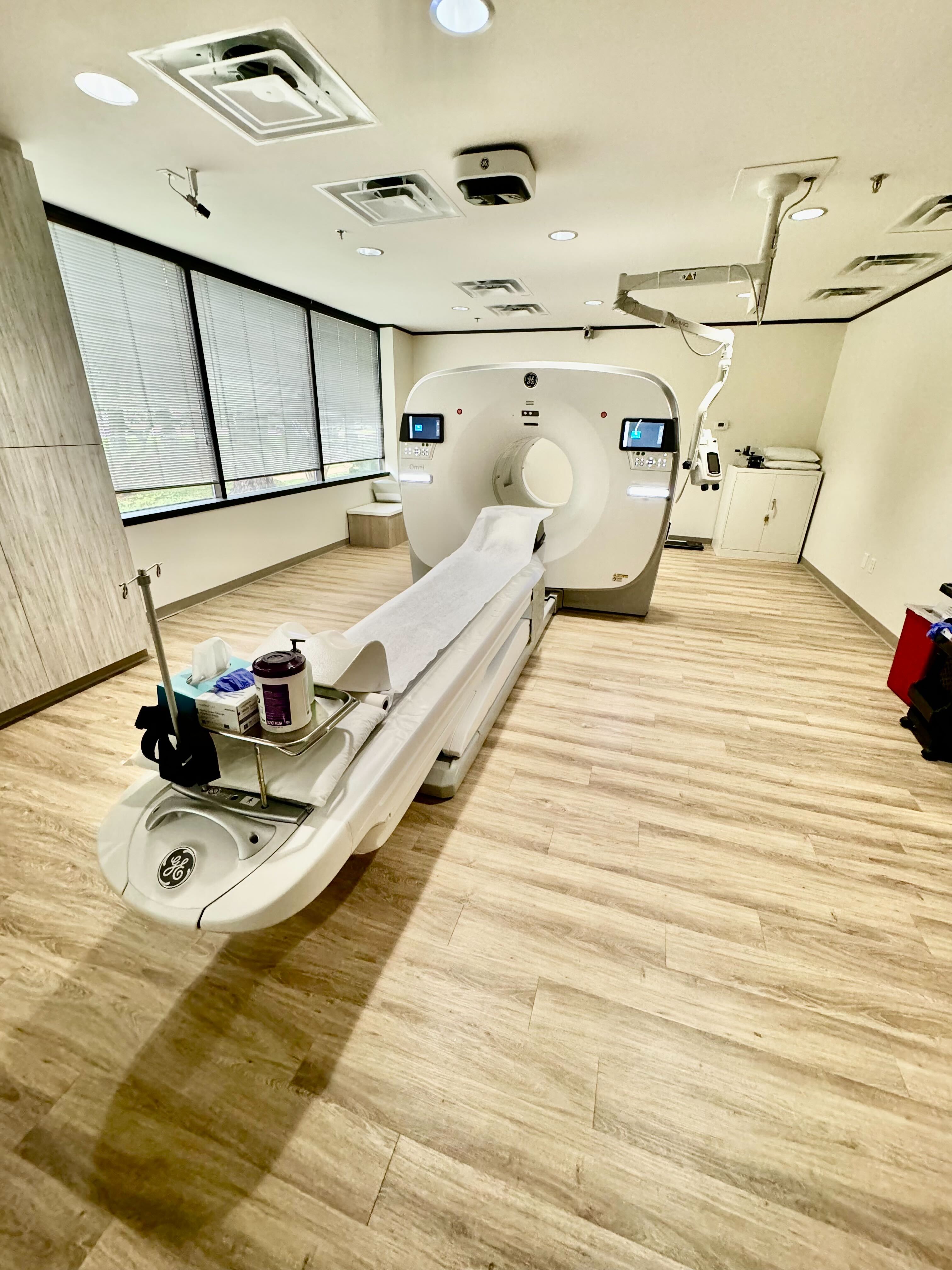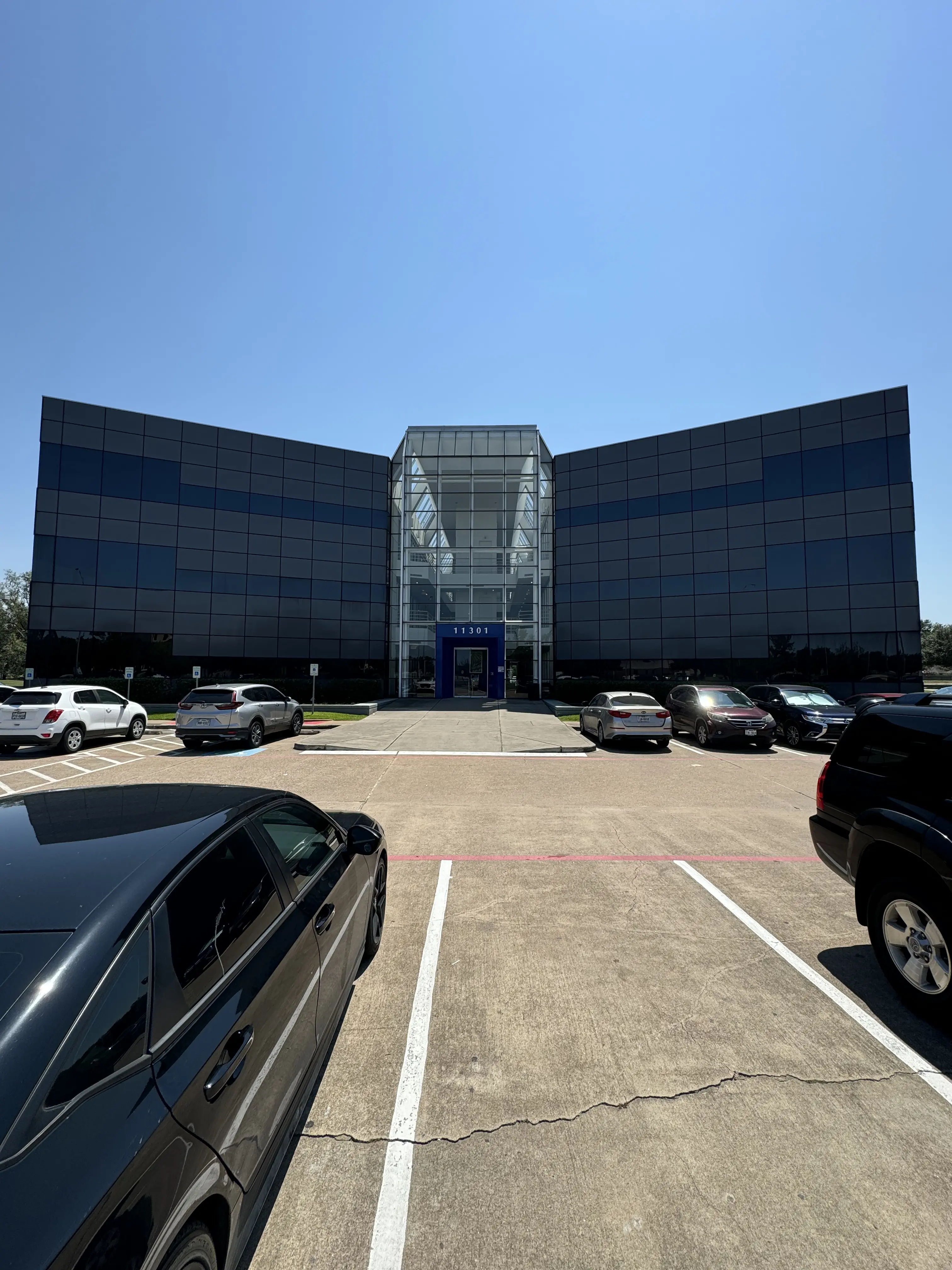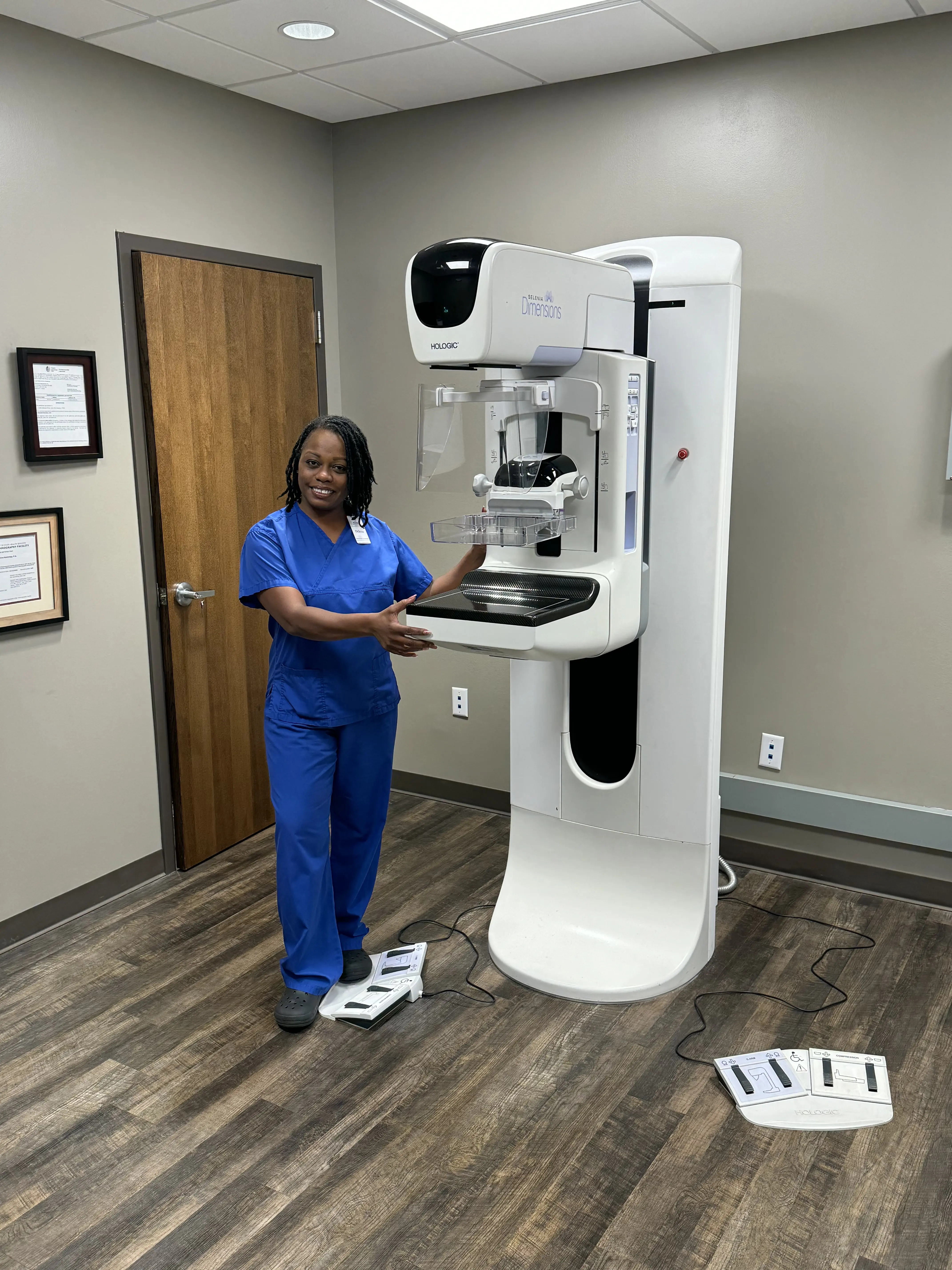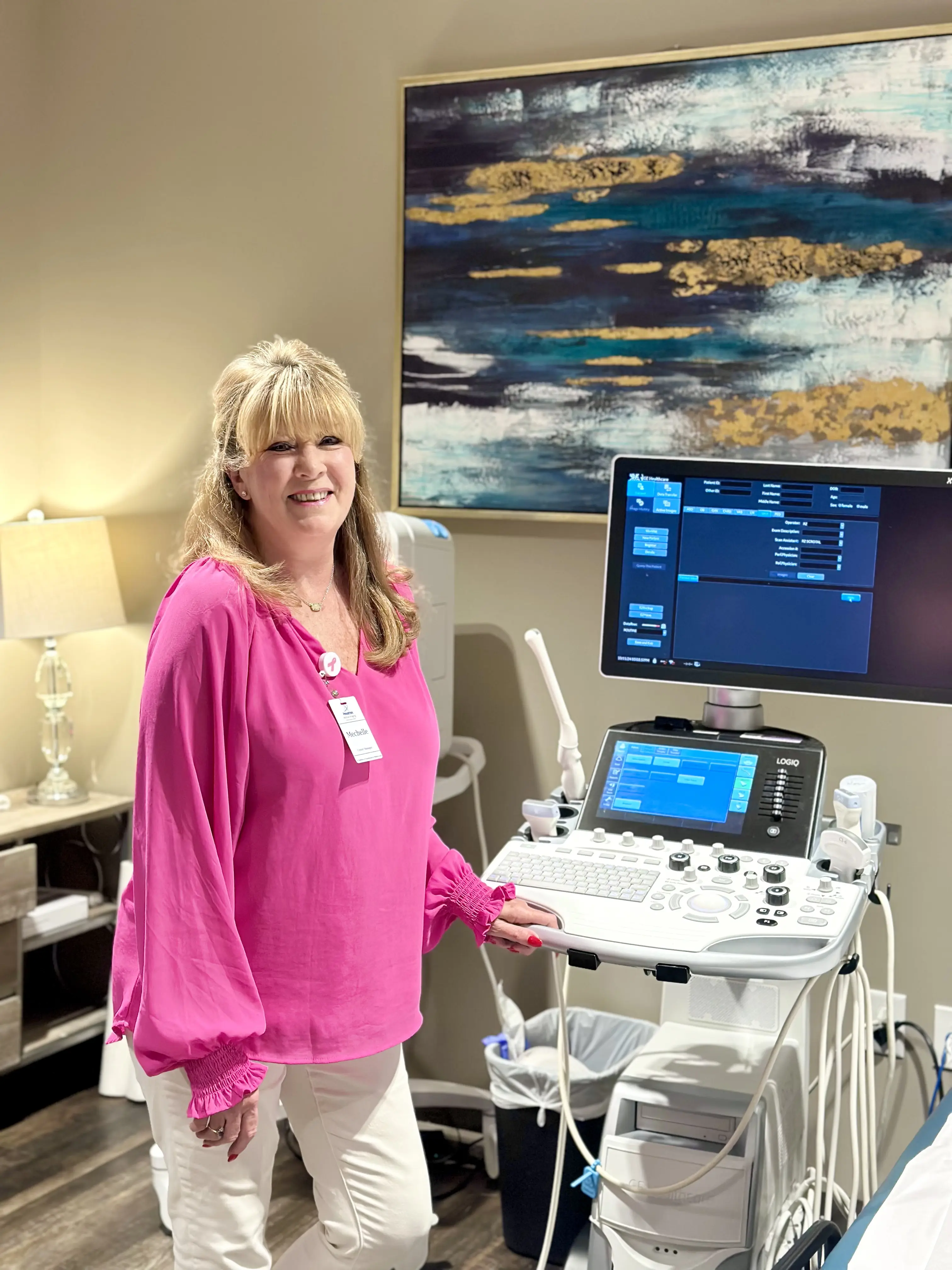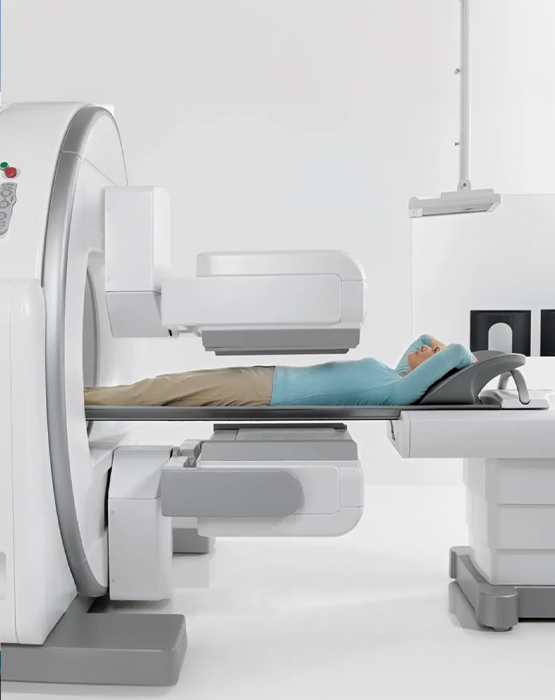
Nuclear Medicine
In imaging, nuclear medicine is a method of producing images by detecting radiation from different parts of the body after a radioactive tracer is given to the patient. The images are digitally generated onto a computer and interpreted by the fellowship-trained radiologist for diagnosis.
Pearland
3322 E Walnut St, #105, Pearland, TX 77581 | (713) 797-1919
Richmond
3310 Richmond Ave, Houston, TX 77098 | (713) 797-1919
Nuclear Medicine Procedure
When a radiotracer is injected into the body, it builds up in certain areas and go to the area of the body that needs to be examined, such as a cancerous tumor or inflamed area. They can also bind to certain proteins in the body.
Soft tissues, such as intestines, muscles and blood vessels, are hard to see on a standard X-ray. With the use of the radiotracer in nuclear medicine, organ and tissue structures are more visible. The extend to which a tracer is absorbed, or “taken up,” by a certain organ or tissue also shows how well the organ or tissue is working.
Radioactive tracers used in nuclear medicine are, in most cases, injected into a vein. These tracers are not dyes or medicines and they have no side effects. The amount of radiation a patient receives in a typical nuclear medicine scan tends to be very low.
Nuclear imaging is used primarily to diagnose or treat illnesses. Conditions diagnosed by nuclear imaging include:
- Blood disorders
- Thyroid disease, including hypothyroidism
- Heart disease
- Gallbladder disease
- Lung problems
- Bone problems, including infections or breaks
- Kidney disease, including infections, scars or blockages
- Cancer
Nuclear medicine imaging can also be used to treat conditions or evaluate how treatment is working.



